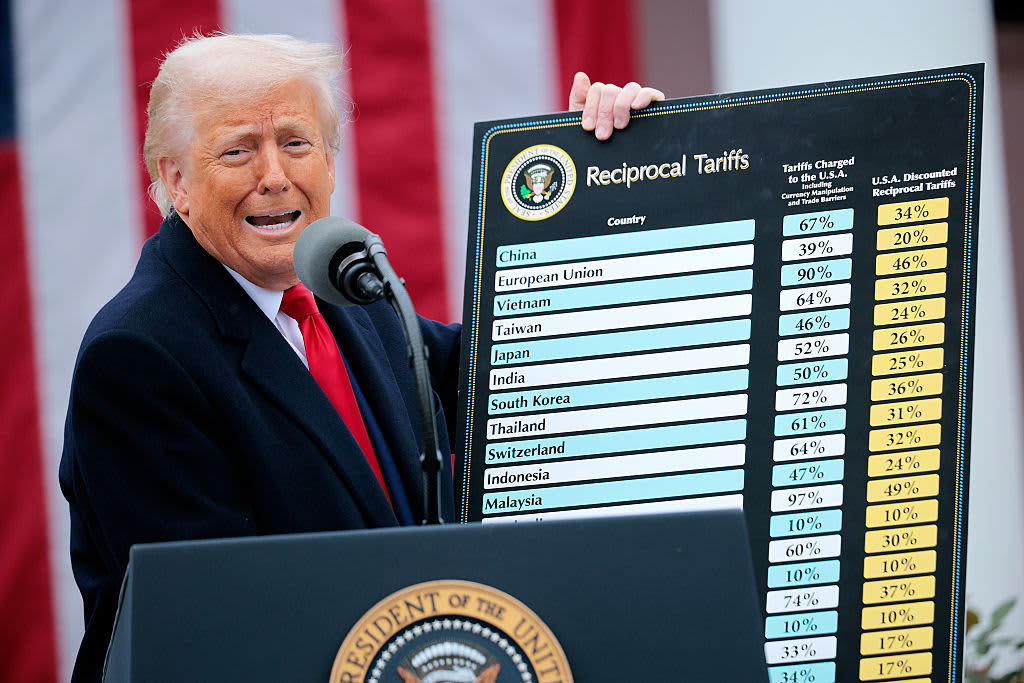“PORTUGAL” is a word that increasingly gets mentioned in dinner conversations with families and friends.
No, they garen’t referring to the European country with which we have built close connections, it was centuries ago but nonetheless long enough for us to adopt their words like meja and sepatu into our language, or the country with which football fans associate Christiano Ronaldo.
“Portugal” today gets mentioned for a different reason.
It is short for porsi tukang gali, which can be translated as a portion for a construction worker, an expression shouted out whenever someone helps themselves to an excessively generous portion of food, but most particularly rice, on their plate.
Carbs galore
That this is gaining traction is a sign of increasing awareness of the need to moderate the amount of rice we eat.
In the past, we helped ourselves to the same platefuls of rice, often even getting a second helping, and no one would quibble.
This is also a sign of the time of increasing health consciousness among the more affluent population, whose number keeps growing as Indonesia rises through the ranks of the World Bank’s upper-middle income country classification.
Some of us are also learning that if we are not actually construction workers and eat more rice than our body can process the resulting carbs can get us into all sorts of health problems, from obesity to diabetes, and even stroke and heart attack.
As the nation tries to address the problem of stunting caused by malnourishment and undernourishment, we should also pay attention to health problems resulting from overeating among the wealthier population.
Compared with most of our rice-eating neighbours, we are not cutting back our rice intake fast enough.
Indonesians still count as among the biggest rice eaters in the world. In 2017, per capita rice consumption was 135 kg, meaning on average each one of us eats that much rice every year.
The figure is 115 kg for the Philippines, 99 kg for Thailand, a major rice producer and exporter, and 81 kg for Malaysia, according to Statista Research Department.
At least, we are already on track, eating less and less rice over the years.
From more than 130 kg at the turn of the millennium, per capita rice consumption dropped to 121 kg in 2021 and is projected to fall to 115 kg in 2030, according to a study published by the Centre for Indonesian Policy Studies.
If we moved faster in replacing rice with more fat and protein food on our plates, we wouldn’t have the recurring problem of rice shortages like this year.
The government appears to try to solve this by increasing the supply side but doesn’t do much on the demand side.
When rice production fails to keep up with demand, we resort to imports.
In the first two months of 2024, Indonesia imported 881,000 tonnes of rice, mostly from Thailand, Pakistan and Myanmar, to prevent rice prices from soaring.
Soaring prices
No president, not even dictator Soeharto, has ever taken the risk of letting rice prices soar uncontrollably.
As the nation’s main staple food, rice is a hot political potato, and the government always sides with consumers rather than the farmers.
Rice farmers never enjoy the high prices, because as soon as they can harvest their crops, prices slump, thanks to imports.
This has happened so often that over the years more and more farmers have quit and sold their land, further compromising Indonesia’s rice supply capacity down the road.
Although Indonesia is one of the world’s largest rice growers, production barely keeps up with demand, which is always growing.
With a population of 280 million and growing at 1.1% a year, we have some three million more mouths to feed each year. Rice production and consumption seem to be in a constant race, putting Indonesia’s food security at risk.
The global rice market is thin with only a few suppliers, but increasingly more buyers as African countries enter the market in big ways.
Indonesia becomes vulnerable if we have to rely on imports. The government should seriously consider tackling the demand side. We have seen some initiatives at a local level.
Depok, a satellite town adjacent to Jakarta, at one time, had a “no rice on Friday” initiative, but it has been dropped for lack of public enthusiasm.
We need a national campaign for the nation to eat less rice.
A cultural issue
Part of the problem is culture. The expression “if I haven’t had rice, I haven’t eaten” is still widely heard.
You cannot eat spicy Padang food, including the world-famous rendang, without rice, but must restaurants give you double scoops of rice each time.
In every Indonesian buffet lunch, rice is always the first dish in the food chain, followed by condiments irresistible to pass up, that by the end of the chain, you end up with your plate full.
“Portugal,” the persons behind you whisper. Perhaps we should try putting rice at the end of the food chain in these buffets.
I once sat at a 10-course dinner at a Chinese restaurant, the rice came as the last item before dessert. Indonesian companions at the table had been wondering when the rice would come. They were full, but they lapped up the bowl of rice because they had to.
But who says you cannot change culture or tradition?
Leadership crucial
This is where leadership comes in. Our president, whose tall and lanky figure makes him the perfect role model to lead a national “eat less rice” campaign is stepping down in October.
The incoming president does not cut such a figure, but the vice-president-elect definitely does.
The next government, which plans on going big with the rice food estate project to boost supply, should consider an “eat less rice” campaign as part of its overall rice policy.
Just don’t use the expression “Portugal”. We look forward to the day when Portugal becomes a topic of dinner conversion as our favourite holiday destination. — The Jakarta Post/ANN
Endy Bayuni is a senior editor at The Jakarta Post. The views expressed here are the writer’s own.


